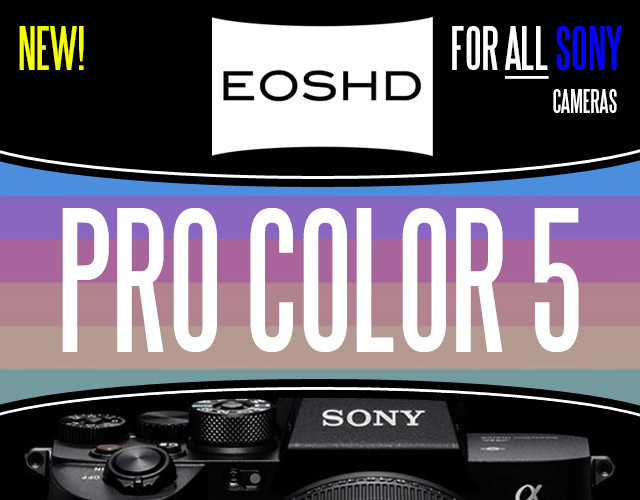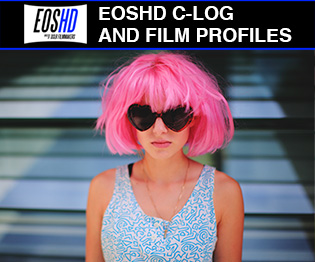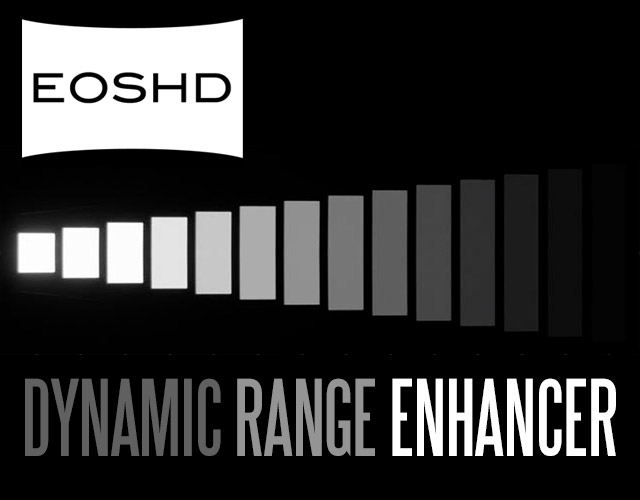Digital Bolex Camera History
-
Similar Content
-
- 3 replies
- 2,194 views
-
- 6 replies
- 1,821 views
-
Cineform sharpness inferior to dcraw via Rawaniser - 5D3 ML source
By Neil Creek,
- raw video
- magic lantern
- (and 4 more)
- 7 replies
- 2,842 views
-
- 2 replies
- 2,535 views
-
- 13 replies
- 3,564 views
-







Recommended Posts
Create an account or sign in to comment
You need to be a member in order to leave a comment
Create an account
Sign up for a new account in our community. It's easy!
Register a new accountSign in
Already have an account? Sign in here.
Sign In Now